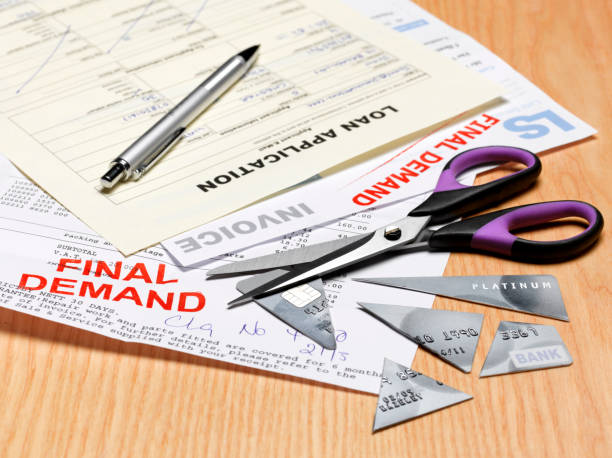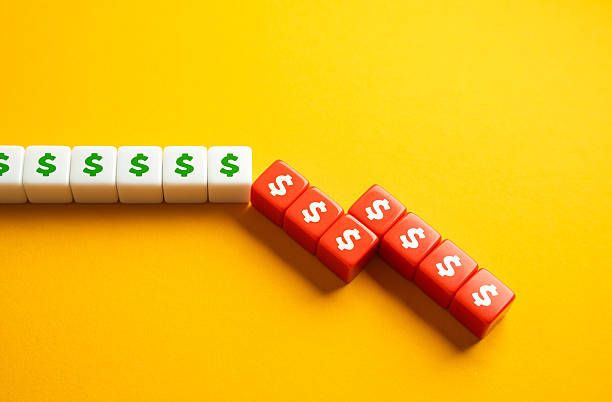
A fundamental decision in personal finance, often encountered when acquiring a vehicle, is the choice between leasing and buying. This decision extends far beyond the immediate question of monthly payments; it is a complex calculation that pits lower short-term costs against long-term financial outcomes and ownership equity. Each path represents a distinct philosophy of asset management and consumption, and the optimal choice is rarely clear-cut, depending heavily on an individual's priorities, driving habits, and overall financial strategy. Understanding the inherent trade-offs is essential for making a decision that aligns with one's broader economic goals rather than merely satisfying an immediate desire.Leasing is essentially a long-term rental agreement. It offers the appeal of lower monthly payments and the ability to drive a new vehicle with the latest technology and under full warranty every few years. This arrangement minimizes upfront costs and eliminates the hassle of selling a used car. However, it is a perpetual cycle of payment with no ultimate ownership. The lessee is bound by mileage restrictions, wear-and-tear fees, and never builds equity in the asset. At the end of the lease term, the individual must return the car and begin a new payment cycle, committing to a lifetime of car payments without the benefit of ever owning an asset free and clear.Buying, typically through an auto loan, involves higher monthly payments but leads to ownership. Once the loan is repaid, the owner enjoys a significant period without any car payments, allowing those funds to be redirected toward other financial goals like investments or retirement savings. The owned vehicle becomes a tangible, though depreciating, asset. While the owner bears responsibility for maintenance costs once the manufacturer's warranty expires, they also enjoy unlimited mileage and the freedom to modify or sell the vehicle at will. The key financial advantage is the eventual cessation of payments and the retention of some residual value.From a pure wealth-building perspective, buying is generally the superior strategy. It breaks the cycle of perpetual debt and allows for the accumulation of equity, however modest in a depreciating asset. Leasing can be justified for business purposes or for those who highly value consistently driving a new car and are willing to pay a premium for that convenience. The decision ultimately hinges on a personal valuation: is the lower monthly payment and constant access to a new vehicle worth the long-term financial trade-off of never building ownership? In personal finance, this choice is a classic example of weighing immediate gratification against delayed financial benefit, where the latter most often builds a more secure future.



 A fundamental decision in personal finance, often encountered when acquiring a vehicle, is the choice between leasing and buying. This decision extends far beyond the immediate question of monthly payments; it is a complex calculation that pits lower short-term costs against long-term financial outcomes and ownership equity. Each path represents a distinct philosophy of asset management and consumption, and the optimal choice is rarely clear-cut, depending heavily on an individual's priorities, driving habits, and overall financial strategy. Understanding the inherent trade-offs is essential for making a decision that aligns with one's broader economic goals rather than merely satisfying an immediate desire.Leasing is essentially a long-term rental agreement. It offers the appeal of lower monthly payments and the ability to drive a new vehicle with the latest technology and under full warranty every few years. This arrangement minimizes upfront costs and eliminates the hassle of selling a used car. However, it is a perpetual cycle of payment with no ultimate ownership. The lessee is bound by mileage restrictions, wear-and-tear fees, and never builds equity in the asset. At the end of the lease term, the individual must return the car and begin a new payment cycle, committing to a lifetime of car payments without the benefit of ever owning an asset free and clear.Buying, typically through an auto loan, involves higher monthly payments but leads to ownership. Once the loan is repaid, the owner enjoys a significant period without any car payments, allowing those funds to be redirected toward other financial goals like investments or retirement savings. The owned vehicle becomes a tangible, though depreciating, asset. While the owner bears responsibility for maintenance costs once the manufacturer's warranty expires, they also enjoy unlimited mileage and the freedom to modify or sell the vehicle at will. The key financial advantage is the eventual cessation of payments and the retention of some residual value.From a pure wealth-building perspective, buying is generally the superior strategy. It breaks the cycle of perpetual debt and allows for the accumulation of equity, however modest in a depreciating asset. Leasing can be justified for business purposes or for those who highly value consistently driving a new car and are willing to pay a premium for that convenience. The decision ultimately hinges on a personal valuation: is the lower monthly payment and constant access to a new vehicle worth the long-term financial trade-off of never building ownership? In personal finance, this choice is a classic example of weighing immediate gratification against delayed financial benefit, where the latter most often builds a more secure future.
A fundamental decision in personal finance, often encountered when acquiring a vehicle, is the choice between leasing and buying. This decision extends far beyond the immediate question of monthly payments; it is a complex calculation that pits lower short-term costs against long-term financial outcomes and ownership equity. Each path represents a distinct philosophy of asset management and consumption, and the optimal choice is rarely clear-cut, depending heavily on an individual's priorities, driving habits, and overall financial strategy. Understanding the inherent trade-offs is essential for making a decision that aligns with one's broader economic goals rather than merely satisfying an immediate desire.Leasing is essentially a long-term rental agreement. It offers the appeal of lower monthly payments and the ability to drive a new vehicle with the latest technology and under full warranty every few years. This arrangement minimizes upfront costs and eliminates the hassle of selling a used car. However, it is a perpetual cycle of payment with no ultimate ownership. The lessee is bound by mileage restrictions, wear-and-tear fees, and never builds equity in the asset. At the end of the lease term, the individual must return the car and begin a new payment cycle, committing to a lifetime of car payments without the benefit of ever owning an asset free and clear.Buying, typically through an auto loan, involves higher monthly payments but leads to ownership. Once the loan is repaid, the owner enjoys a significant period without any car payments, allowing those funds to be redirected toward other financial goals like investments or retirement savings. The owned vehicle becomes a tangible, though depreciating, asset. While the owner bears responsibility for maintenance costs once the manufacturer's warranty expires, they also enjoy unlimited mileage and the freedom to modify or sell the vehicle at will. The key financial advantage is the eventual cessation of payments and the retention of some residual value.From a pure wealth-building perspective, buying is generally the superior strategy. It breaks the cycle of perpetual debt and allows for the accumulation of equity, however modest in a depreciating asset. Leasing can be justified for business purposes or for those who highly value consistently driving a new car and are willing to pay a premium for that convenience. The decision ultimately hinges on a personal valuation: is the lower monthly payment and constant access to a new vehicle worth the long-term financial trade-off of never building ownership? In personal finance, this choice is a classic example of weighing immediate gratification against delayed financial benefit, where the latter most often builds a more secure future.


